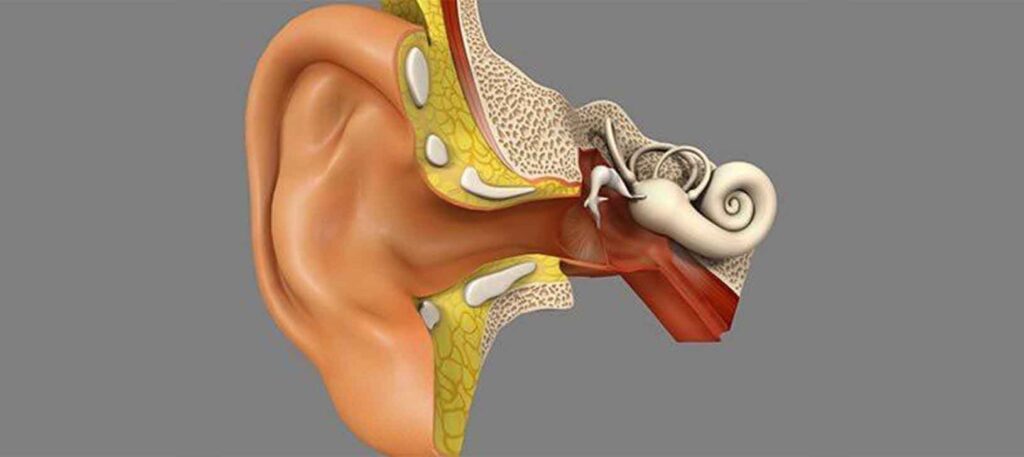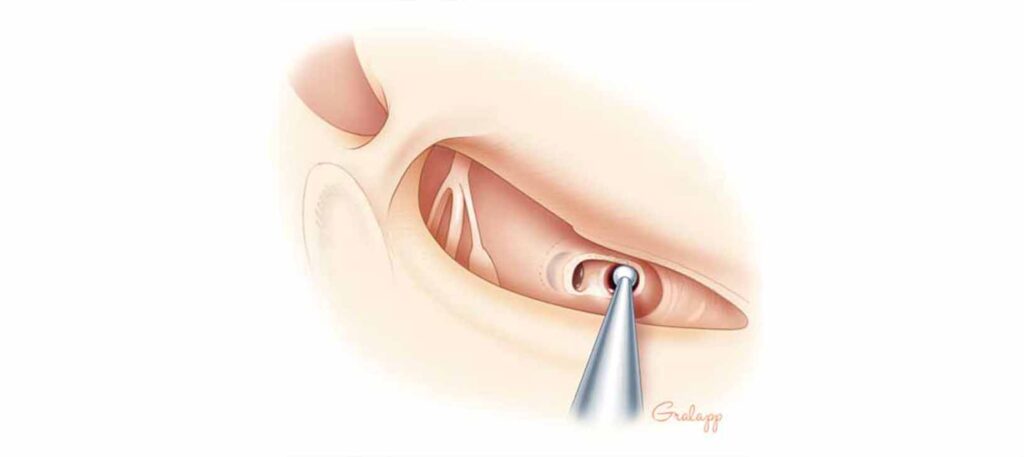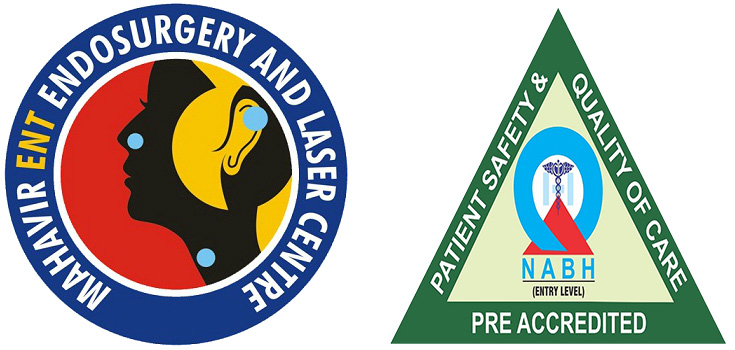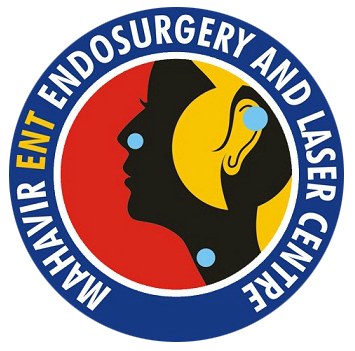Ear Cholesteatoma
Services > Ear Cholesteatoma
- Vertigo
- Ear Wax
- Ear Pain
- Ear Infections
- Ear Cholesteatoma
- Acoustic Neuroma
- Torn Ear Lobes
- Perforation In Ear
- Ototoxicity
- Otitis Media
- Mastoiditis
- Hearing loss
- Foreign bodies in the ear
- Rhinoplasty
- Breathing Problems
- Foreign bodies in nose
- Nasal Bone Fracture
- Nasal Septum
- Nasal Polyp
- Nasal Deformity
- Nosal Allergy Clinic
- Nose Bleeding Treatment
- Sinus Treatment
- Chronic Sinusitis
- Adenoidectomy
- Voice Disorders
- Salivary gland problems
- Papillary Thyroid Carcinoma
- Oral and Throat problems
- Laryngeal Vocal Nodules
- Laryngeal Vocal Cord Palsy
- Foreign body in esophagus
- Foreign body in bronchus
- Difficulty in Swallowing
- Cancer of the Larynx
- Sleep Apnea
- Snoring Treatment
- Head & Neck Cancer
- Thyroid Cancer / Papillary Carcinoma

What it is?
A cholesteatoma is an abnormal, noncancerous skin growth that can develop in the middle section of your ear, behind the eardrum. It may be a birth defect, but it’s most commonly caused by repeated middle ear infections.
This may affect hearing, balance, and the function of facial muscles. The only way to treat a cholesteatoma is to have it surgically removed.
The symptoms associated with a cholesteatoma typically start out mild. They become more severe as the cyst grows larger and begins to cause problems within your ear.
Initially, the affected ear may drain a foul-smelling fluid. As the cyst grows, it will begin to create a sense of pressure in your ear, which may cause some discomfort. You might also feel an aching pain in or behind your ear. The pressure of the growing cyst may even cause hearing loss in the affected ear.
Call your doctor right away if you’re having any of these symptoms. Vertigo, facial muscle paralysis, and permanent hearing loss can occur if the cyst continues to grow unchecked.
Besides repeated infections, a cholesteatoma may also be caused by a poorly functioning eustachian tube, which is the tube that leads from the back of the nose to the middle of the ear.
The eustachian tube allows air to flow through the ear and equalize ear pressure. It may not work properly due to any of the following:
- chronic ear infections
- sinus infections
- colds
- allergies

Cholesteatoma in Children
In very rare cases, a baby may be born with a cholesteatoma. This is considered a birth defect. Congenital cholesteatomas can form in the middle ear or in other areas of the ear.
In cases where children acquire ear infections repeatedly early in life, it is possible that cholesteatomas can develop from a young age.
- Wash hands frequently to prevent the spread of cold and flu viruses.
- Keep children away from secondhand smoke. Studies have shown children who are around smokers get more ear infections than children not exposed to smoke.
- Be sure your child gets the flu vaccine yearly. Vaccinated children get fewer ear infections than non-vaccinated children.
- Limit your child’s exposure to other children who have a cold or the flu.
Once a cholesteatoma has been diagnosed, a regimen of antibiotics, ear drops, and careful cleaning of the ear will most likely be prescribed to treat the infected cyst, reduce inflammation, and drain the ear. Your medical professional will then be able to better analyze the growth traits of the cyst and make a plan for surgical removal.
In most cases, surgery is an outpatient procedure. This means that you don’t have to stay in the hospital after the procedure. A hospital stay is only necessary if the cyst is very large or if you have a serious infection. The surgery is done under general anesthesia. After the initial surgery to remove the cyst, follow-up surgery to reconstruct any damaged portions of the inner ear and make sure that the cyst has been completely removed is often necessary.
Once the cholesteatoma is removed, you’ll need to attend follow-up appointments to evaluate results and ensure the cyst hasn’t come back. If the cyst broke any bones in your ear, you’ll need a second surgery to repair them.
After surgery, some people experience temporary dizziness or taste abnormalities. These side effects almost always resolve themselves within a few days.

